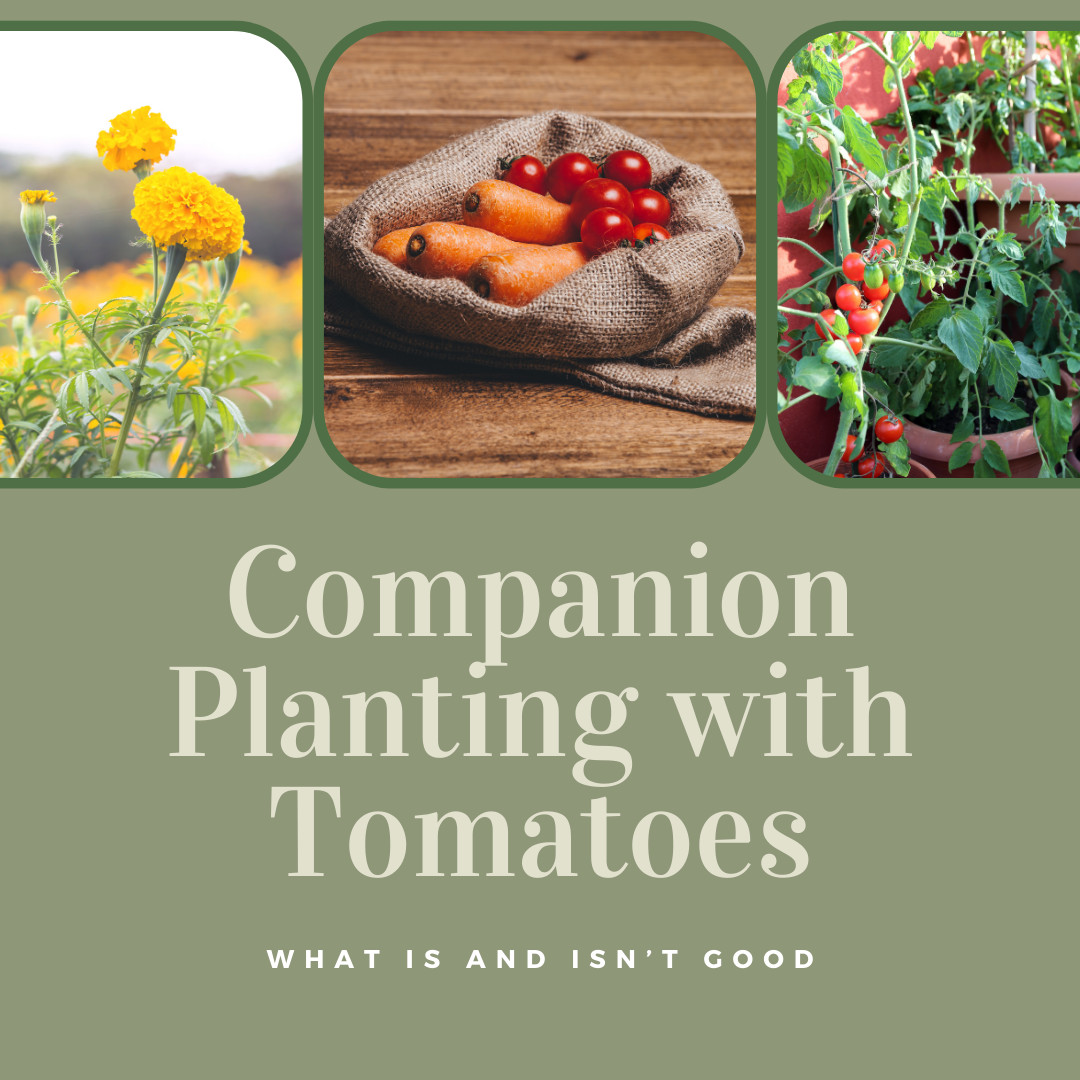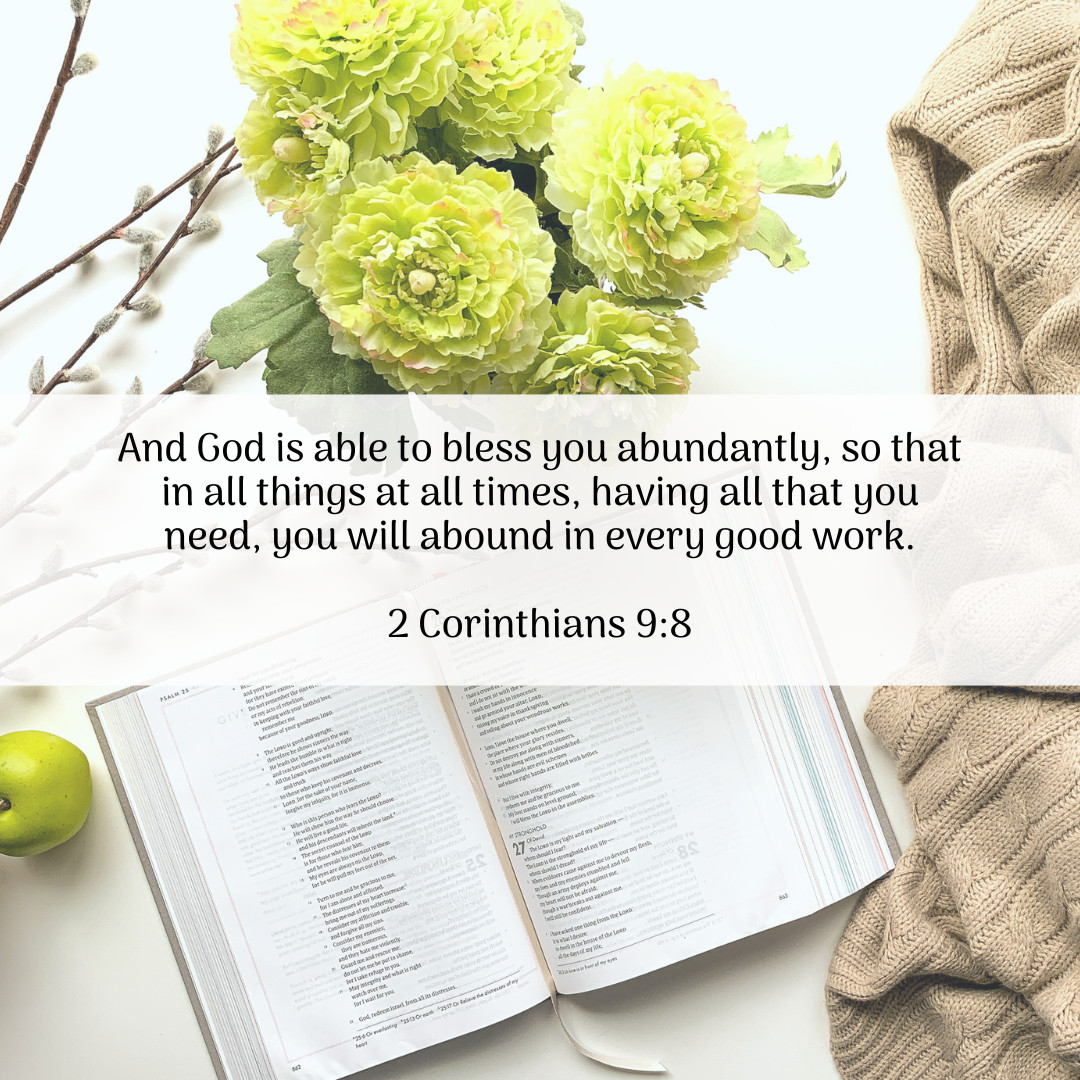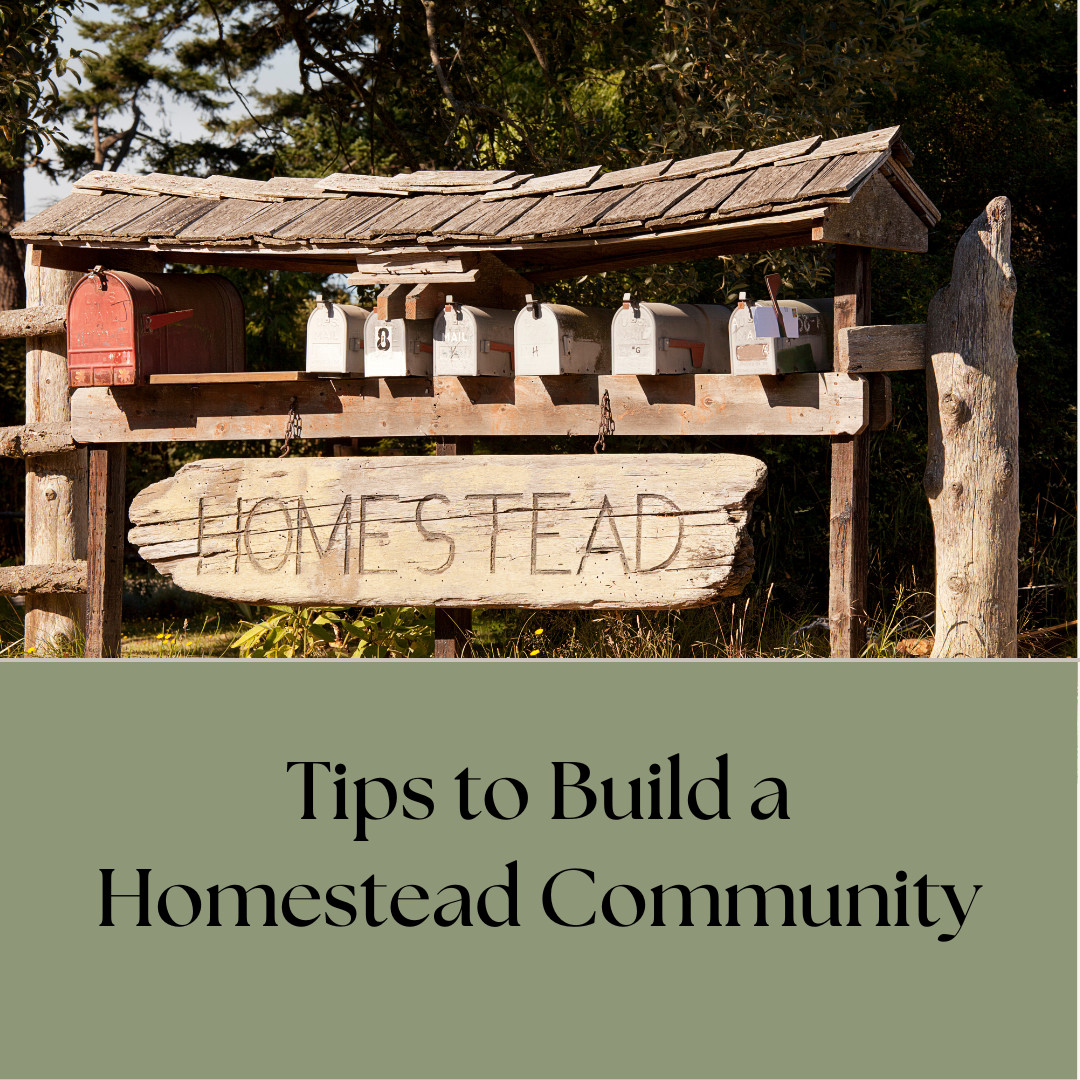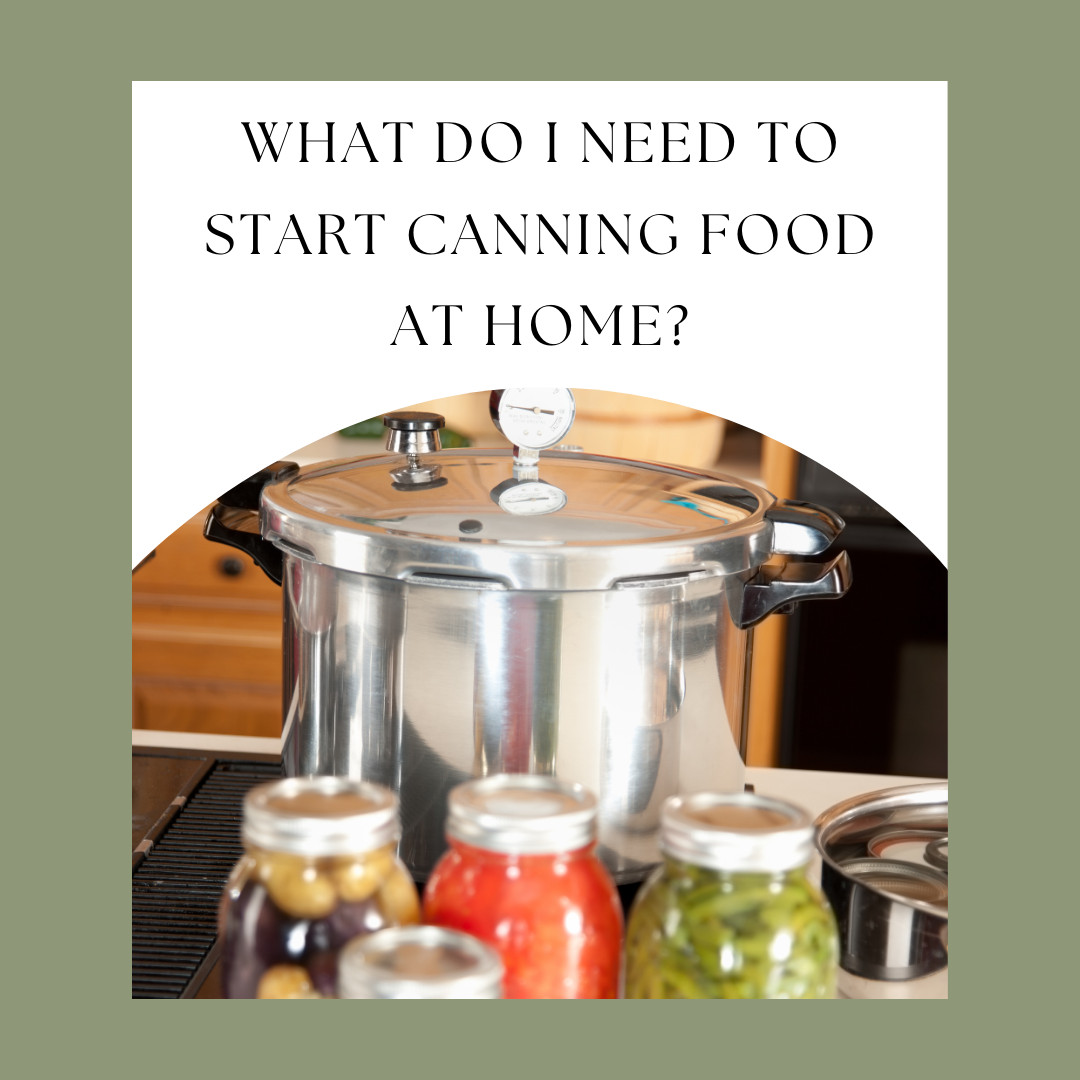
Canning at home can seem like a daunting task, especially if you've never done it before or didn't grow up in a household where canning was a regular activity. The process requires a bit of courage and the right equipment to start preserving your own foods safely and effectively. From personal experience, the journey to mastering home canning can stem from necessity, such as the need to control dietary restrictions, and morph into a rewarding hobby that offers both satisfaction and a plethora of homemade goods.
To begin canning, certain tools are indispensable. These include a quality canner that can accommodate both water bath and pressure canning methods, canning jars along with new lids and rings, essential canning tools like a funnel, jar lifter, and bubble remover, and labels to ensure everything is clearly marked with contents and date processed. It's essential to ensure that jars are free from nicks or cracks and that lids have an intact seal to ensure the safety and longevity of the canned goods.
Lastly, proper storage and adherence to approved canning recipes are crucial to the success and safety of your canning endeavors. Canned goods should be kept in a dark, cool place like a pantry, and older items should be used first to maintain freshness. By utilizing only approved and tested recipes, you safeguard against the potential risks of foodborne illnesses, ensuring that your home-canned foods are not only delicious but safe to consume. This beginning guide underscores the importance of preparation, quality supplies, and following safety guidelines to embark on your own canning journey.
Read more...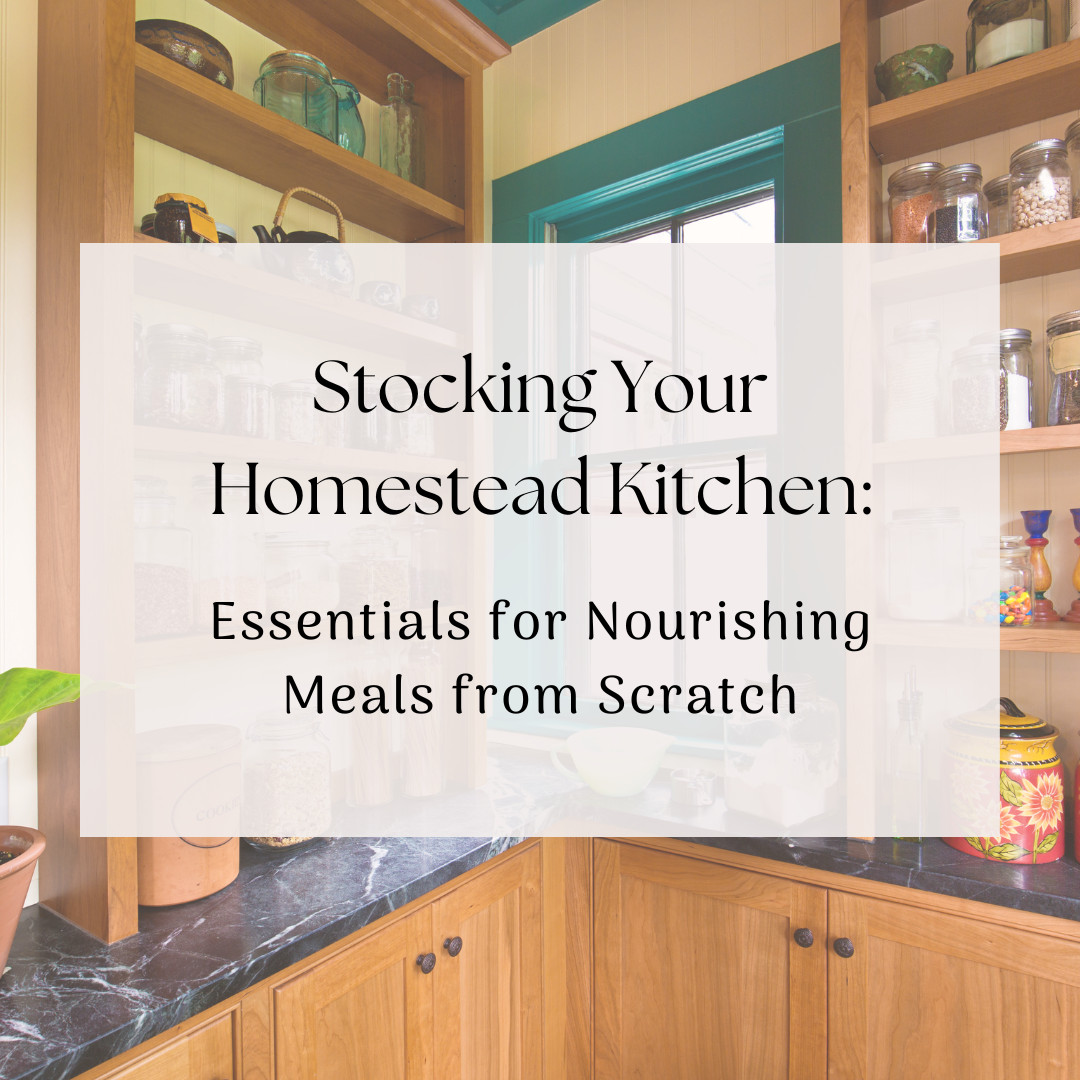
Creating nutritious meals from scratch starts with a well-stocked pantry, focusing on several key categories. Grains and dried legumes, such as wheat, oats, and rice, offer a versatile base for various dishes, from baked goods to soups and main courses. Fats and oils, including high-quality olive oil, coconut oil, and butter, are essential for adding flavor and nutritional value. Natural sweeteners like honey, maple syrup, and molasses provide healthier alternatives to refined sugars, enhancing the flavor profile of homemade treats.
For those embarking on the journey of cooking and baking from scratch, maintaining a pantry filled with baking staples, meats and proteins, and a variety of fruits and vegetables is crucial. Ingredients such as baking powder, baking soda, yeast, and dried herbs and spices are indispensable. Seasonal fruits and vegetables enrich meals with optimal nutrition and flavor, while a stock of meats and proteins ensures a robust meal plan. Preserving these items allows for year-round enjoyment and convenience.
Incorporating convenience and comfort foods into the pantry ensures a balance between homemade meals and practicality for busy days. Canned goods, broth, and frozen vegetables simplify meal preparation without compromising quality. Meanwhile, stocking up on ingredients for comforting dishes like homemade soup, cookies, or bread provides nourishment and solace. A strategy of buying in bulk, preserving foods, and rotating stock ensures a pantry that supports healthy, homemade meals while minimizing waste.
Read more...
As a busy mom it can be super hard to find the time to declutter your home...much less to keep things tidy and organized. So, what's a busy mom to do? When your schedule is packed with errands, doing things for your family, cooking healthy meals...the list goes on and on, how are you supposed to find the time (and energy!) to declutter your home?
Here are a few simple steps you can take. It may seem like too small of a step to make a difference, but trust me...every little step makes a big difference when done consistently.
1. Choose an area to get started in. This doesn't have to be an entire room at a time. It can be one corner, one shelf, one stash of "junk".
2. Set a timer. Set a timer for 15 minutes (but even 5 minutes is a good start). During that time, gather anything that isn't where it belongs and choose if it's toss, donate, or needs to be put away.
3. At the end of the 15 minutes, allow yourself to step away without beating yourself up for not getting it all done. If you are on a roll and want to keep going, then by all means, keep at it! But if you just don't have the time or energy to do more, that's perfectly ok! The key is to do at least a little bit. Some is better than none.
4. It doesn't have to be perfect. There, I said it. As a perfectionist I often find that if I don't have time to get it all done at once or exactly how I want it done, then I don't even get started. This has been a hard one for me. But I have learned that if I just do what I can, when I can, eventually it all gets done and I feel so much better than I did when I just allowed things to pile up simply because I didn't have the time to do it all at once. Game Changer!
5. Have a designated area where you put items to be donated. As often as you can (the sooner the better), take the items and donate them. The longer you let them sit in your home, the more likely you are to want to go back through them again.
6. Make it fun! If you have little kids (this may also work with teens and even husbands! lol) make it a game. Set your timer and see who can find the most items to either trash or donate before the timer goes off. This is a great way to get the whole family involved.
In the end, remember that we are looking for progress over perfection. It's ok to have a house that is lived in. Personally, I feel more at home in a place that isn't so clean you are afraid to touch anything or even sit on the couch. My goal is to have a welcoming home that isn't cluttered. That doesn't mean you won't find a speck of dirt on the floor or even a cozy blanket tossed onto the couch. But I have learned that if I keep my clutter to a minimum, it's so much easier to keep things tidy and not feel embarrassed when someone unexpectedly comes to my door.
Try these tidy-up cards. They are easy to use for the whole family.
Join our HomeGrown Homestead community—a place where we learn, grow, and share our homesteading journey together, fostering a bond of shared wisdom and experience. (everyone is welcome!)
Step into Lavender & Coffee: A Sip of Serenity, a haven for moms seeking support and community on their journey to fulfilling their roles as wives and mothers with grace and purpose.(for moms only)
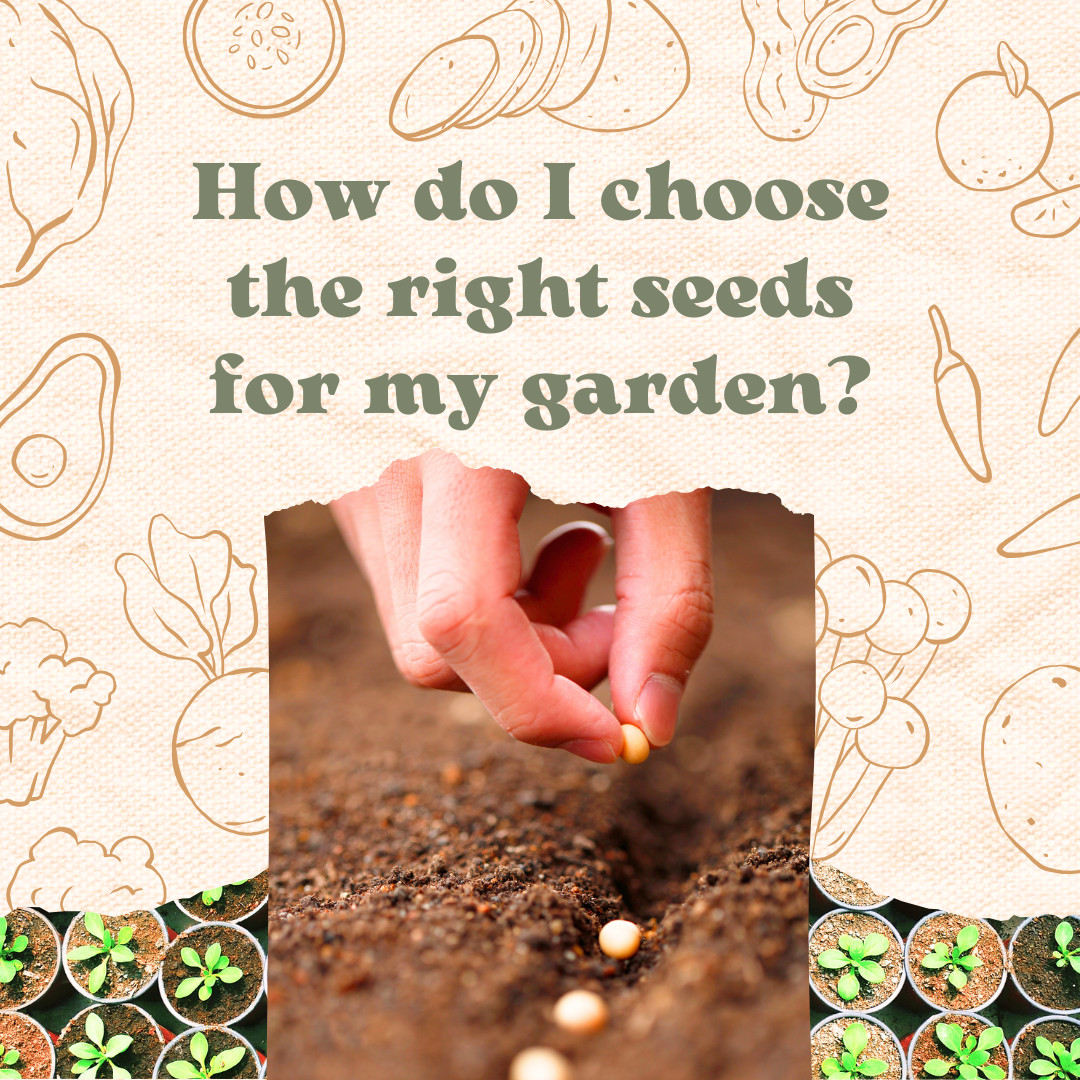
It's that time of year again...time to plan out your garden and get some seeds started. But, how do you know what seeds to get? Should you get any ole seed you come across? Or should you be picky and choose organic, non-gmo, heirloom...the list goes on.
When it comes to starting your garden, selecting the right seeds is crucial for a successful harvest. With so many options available, it can be overwhelming to decide which seeds are best suited for your needs. In this post, we'll look at the differences between organic, non-GMO, and heirloom seeds to help you make informed choices for your garden.
Organic Seeds:Organic seeds are harvested from plants grown without synthetic pesticides, herbicides, or fertilizers. They are produced through natural methods that promote soil health and biodiversity. Choosing organic seeds ensures that your garden remains free from harmful chemicals, supporting both your health and the environment.
Non-GMO Seeds:Non-GMO seeds are not genetically modified organisms. They are grown from plants that have not been genetically engineered in a laboratory. By selecting non-GMO seeds, you can avoid the potential risks associated with genetically modified crops and support traditional breeding methods that prioritize natural diversity.
Heirloom Seeds:Heirloom seeds are open-pollinated varieties that have been passed down through generations. These seeds often have a rich history and unique characteristics, making them prized by gardeners for their flavor, appearance, and adaptability. By choosing heirloom seeds, you can preserve genetic diversity and cultivate plants with a connection to the past.
Hybrid Seeds:Hybrid seeds are created by cross-pollinating two different plant varieties to produce offspring with specific traits, such as disease resistance or high yield. While hybrids can offer certain advantages, such as uniformity and vigor, they do not produce seeds that reliably reproduce the same traits in subsequent generations.
Now that you know the difference between the different types of seeds, here are a few tips you can use for choosing seeds:
- Research Your Climate: Select seeds that are well-suited to your local climate and growing conditions. Consider factors such as temperature, humidity, and sunlight exposure.
- Read Seed Descriptions: Pay attention to seed catalogs or packaging labels for information on plant characteristics, such as maturity date, size, flavor, and disease resistance.
- Support Seed Diversity: Choose a variety of seeds to promote biodiversity in your garden and help preserve rare or endangered plant species.
- Consider Your Goals: Determine your gardening goals, whether it's to grow your own food, attract pollinators, or beautify your landscape, and select seeds accordingly.
- If you are gardening as a food source, also consider how many people you are growing for and how much you need to grow in order to have a years' worth of food per person.
Whether you're a seasoned gardener or just starting out, choosing the right seeds is essential for a successful and sustainable garden. By opting for organic, non-GMO, and heirloom seeds, you can support healthy ecosystems, preserve genetic diversity, and enjoy the rewards of homegrown produce bursting with flavor and nutrients. Happy gardening!
Join our HomeGrown Homestead community—a place where we learn, grow, and share our homesteading journey together, fostering a bond of shared wisdom and experience. (everyone is welcome!)
Step into Lavender & Coffee: A Sip of Serenity, a haven for moms seeking support and community on their journey to fulfilling their roles as wives and mothers with grace and purpose.(for moms only)
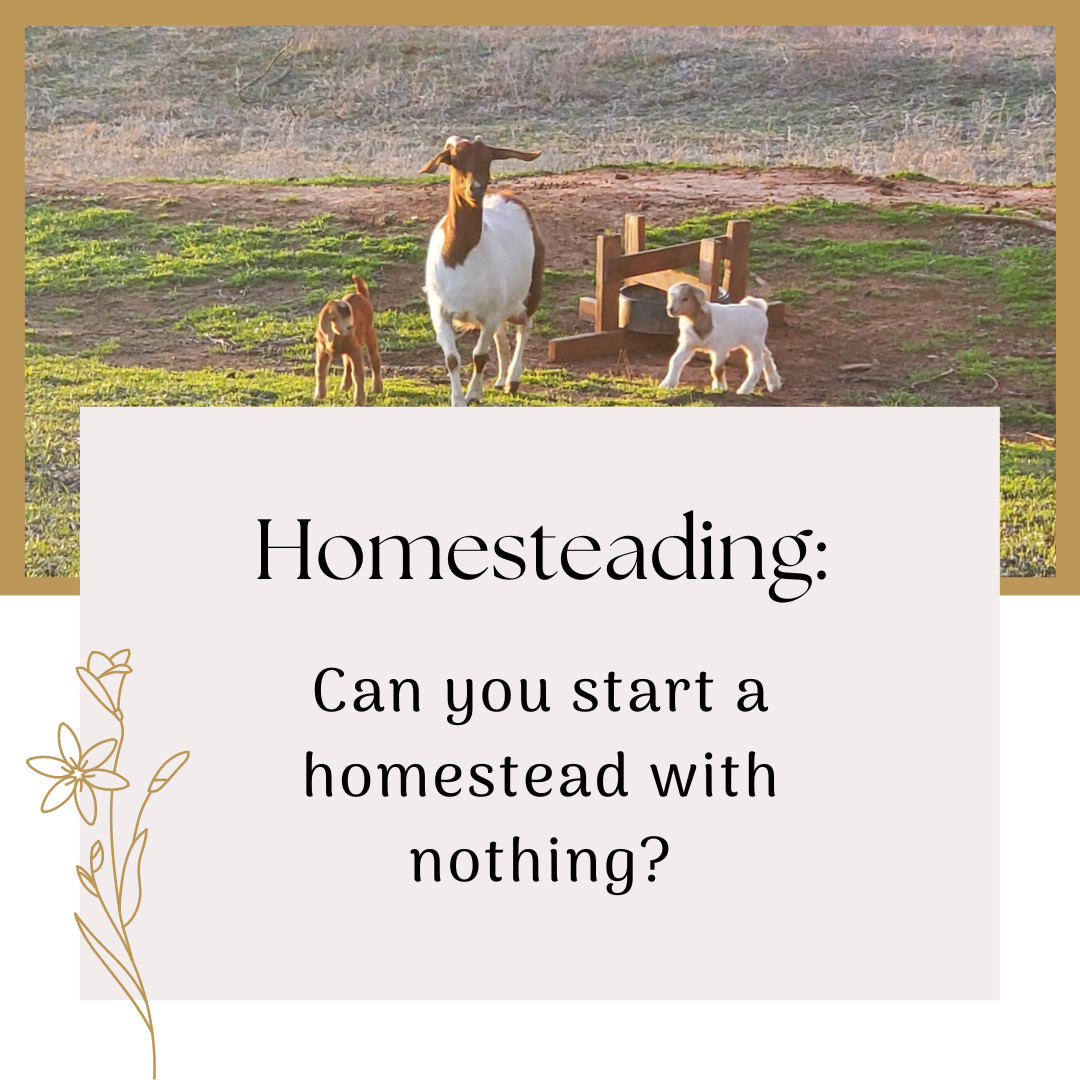
Starting a homestead from scratch is not only possible, it's a journey that can begin with surprisingly humble beginnings. At its core, homesteading is about embracing a lifestyle of self-sufficiency, incorporating elements such as gardening, food preservation, and raising livestock. This lifestyle allows individuals to live in closer harmony with the land, regardless of whether they own it, highlighting the adaptability and resourcefulness that define the homesteading spirit.
The path to homesteading involves a thoughtful assessment of one's current resources and an alignment of priorities. Key considerations include the availability of land (owned or otherwise), space optimization, and identifying which aspects of self-sufficiency are most vital to start with, like food preservation or gardening. Future homesteaders are encouraged to cultivate a mindset of resourcefulness, leveraging community connections, repurposing materials, and remaining adaptable to overcome challenges and setbacks.
Embarking on a homesteading lifestyle is a step-by-step process that begins with an evaluation of personal goals and available resources, followed by a deliberate plan to develop the requisite skills and connections. Despite its challenges, homesteading offers a rewarding way to achieve a self-sufficient life. With patience and perseverance, anyone can make the transition towards becoming a successful homesteader, embodying resilience and a deeper connection to the environment.
Read more...



